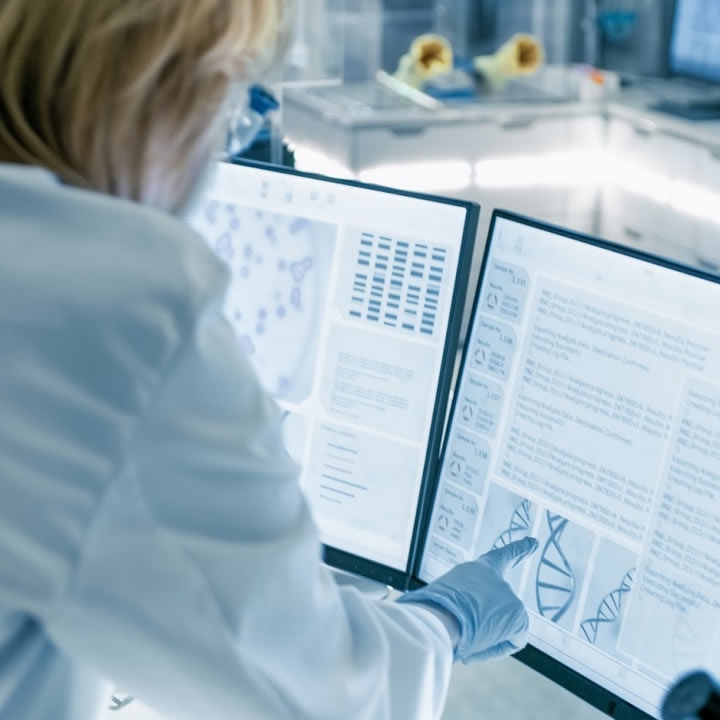Countless groundbreaking scientific innovations today promise improved human health. With the advancement of technology, it’s easier to pioneer new medical procedures, equipment, and medicine.
However, before they hit the market, they must undergo rigorous development and approval processes.
This is especially true for drug development. Therefore, before starting your research, you should familiarize yourself with drug development and approval stages to expedite the process. Remember, every step of the cycle is essential.
Among them, documentation plays the most significant role.
You must create quality case report forms (CRF), which are mandatory requirements from the Food and Drug Administration (FDA). Making sense of CRF regulations and other vital deliverables is essential in ensuring your developed drug meets the requirements and gets approved.
Read on for a detailed discussion of the drug development cycle.
Design And Development
In the first phase, you are expected to identify the pharmacological molecules that affect a particular biological target affected by an illness. Animal models and vitro research are used in an attempt to heal the target. This phase involves four distinct steps:
- Target Compound Identification: For successful research, you must understand the clinical scope of the disease and the specific part that a target plays. You can discover your target through practical techniques like target discovery, scientific literature, or searching databases.
- Hit Identification And Validation: You must find a ‘hit’ compound using the various screening techniques. You can utilize phenotypic, fragment-based, or virtual screening to find these ‘hits.’
- Hit To Lead (H2L) Maximization: At this stage, you should improve the number of promising ‘hits’ to come up with more powerful candidates with optimal pharmacokinetic features.
- Candidate Selection: Here, you choose a high-quality candidate that can be considered a clinical candidate.
The drug candidate you choose for your preclinical and clinical stages should have future manufacturing suitability, cost-effectiveness, and scale-up.
Preclinical Research
The preclinical testing stage is where vivo and vitro models are used to provide information on the safety and efficacy of a drug candidate before it is used on humans. This stage shows how the medication affects the body, what happens to it chemically when inside the body, and how safe it is for consumption.
Furthermore, at this phase, impurities like host cell proteins (HCPs) in the medication candidate can be identified, which can affect the safety and effectiveness of the drug on a human’s body.
Investigational New Drug Application
The FDA groups Investigational New Drug (IND) applications in three ways:
- Investigator: This application is submitted by the initiating and investigating physician dispensing the investigational drug.
- Emergency Use: This application allows the use of an investigational drug in urgent situations without going through a 30-day wait time.
- Treatment: This application allows you to access an experimental drug that shows promise in clinical trials in treating a serious condition while the clinical work isn’t done.
Furthermore, you can have your IND categorized as research or commercial.
Your trial must cover animal model toxicology and pharmacology studies, clinical study protocols, manufacturing data, and investigator information. You should wait 30 days for the regulators to review your IND application before beginning your clinical trials.
Clinical Drug Development
During the clinical trial phase, you are expected to seek answers to specific research questions related to the drug.
Ensure you observe the clinical trial protocols and guidelines to ascertain safe and ethical procedures. By strictly adhering to the study objectives, statistical considerations, and designs, you can guarantee everyone’s safety during the clinical trials.
Review And Approval
The New Drug Application (NDA) and the Marketing Authorization Application (MAA) initiate the review and approval phase.
These applications are delivered to various regulatory bodies that can evaluate them scientifically. The application aims to provide the regulator with enough information collected in the preclinical and clinical studies.
These data can help them to determine whether:
- The therapeutic benefits of the drug outweigh the risk
- The drug is effective and safe as a prescription for the condition it was developed for
- The labeling of the medication is fit, and all the required details are included
- The manufacturing methods and measures are satisfactory
After this, you should submit the Biological License Application (BLA), which is mandatory for all biological products. Once your product receives approval from all relevant regulatory bodies, you can prepare to launch your drug.
Post-Market Monitoring
The post-market monitoring phase is the safety surveillance of medicine that’s already been released to the market. This assesses the long-term effectiveness and safety of the drug, its use for unapproved ailments, and potential formulation problems experienced by consumers.
Conclusion
The drug development cycle is a detailed process you must follow to ensure your application is accepted. Observe the protocols and document your research correctly to produce precise data for the regulators.
By strictly adhering to these steps, your drug will surely get approved.

